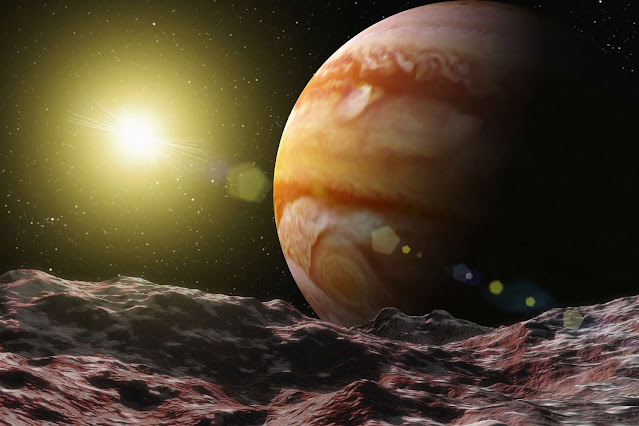Jupiter, the colossal gas colossus that shields Earth and the inner planets from potentially disastrous comet and asteroid impacts and is the solar system’s fifth celestial body from the Sun, is far more extraordinary than previously conceived.
Due to its immense magnitude, Jupiter does not revolve around the Sun in the conventional sense. This planetary behemoth possesses a mass 2.5 times that of all the other planets combined. Consequently, the barycenter (shared center of mass) between Jupiter and the Sun lies in space just beyond the Sun's surface rather than within the star itself. The reasoning behind this phenomenon is scientifically sound.
When a smaller entity orbits a larger one, their motion isn’t a perfect circle around the larger. Instead, both objects revolve around a mutual barycenter, which represents the precise gravitational equilibrium point.
Yet, Jupiter defies convention. Its enormous mass places the shared center of gravity 1.07 solar radii from the Sun's core—approximately 7% beyond the Sun's surface. This remarkable fact is illustrated in this NASA animation (not to scale) demonstrating the dynamic.
Remarkably, Jupiter can encompass roughly 1,300 Earths within its volume. Earth's gravitational barycenter is so close to the Sun's core that this effect is negligible. Thus, the Sun seems stationary while Earth orbits it.
In contrast, the barycenters of all other solar system planets—such as Mercury, Venus, and even Saturn—remain deeply embedded within the Sun.















No comments